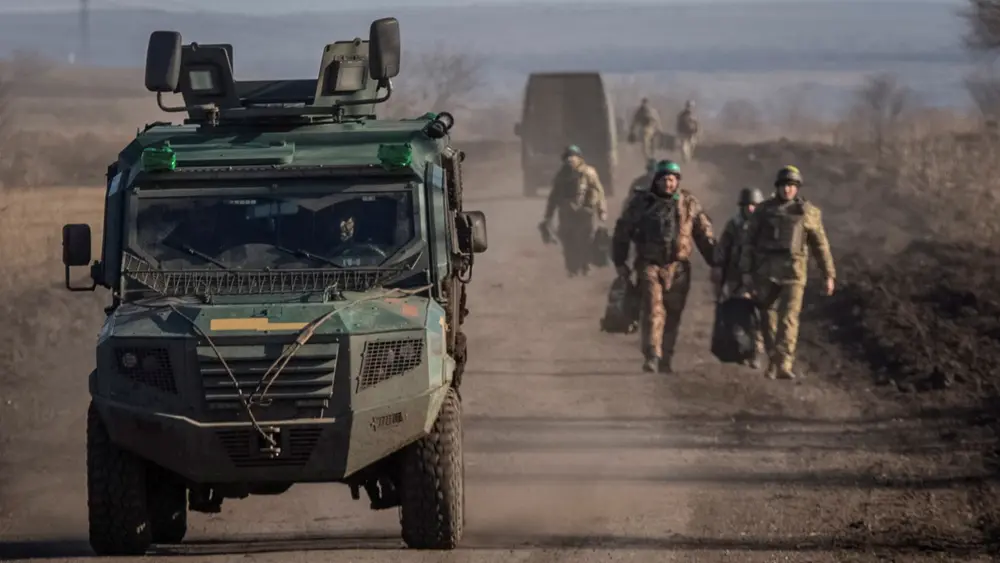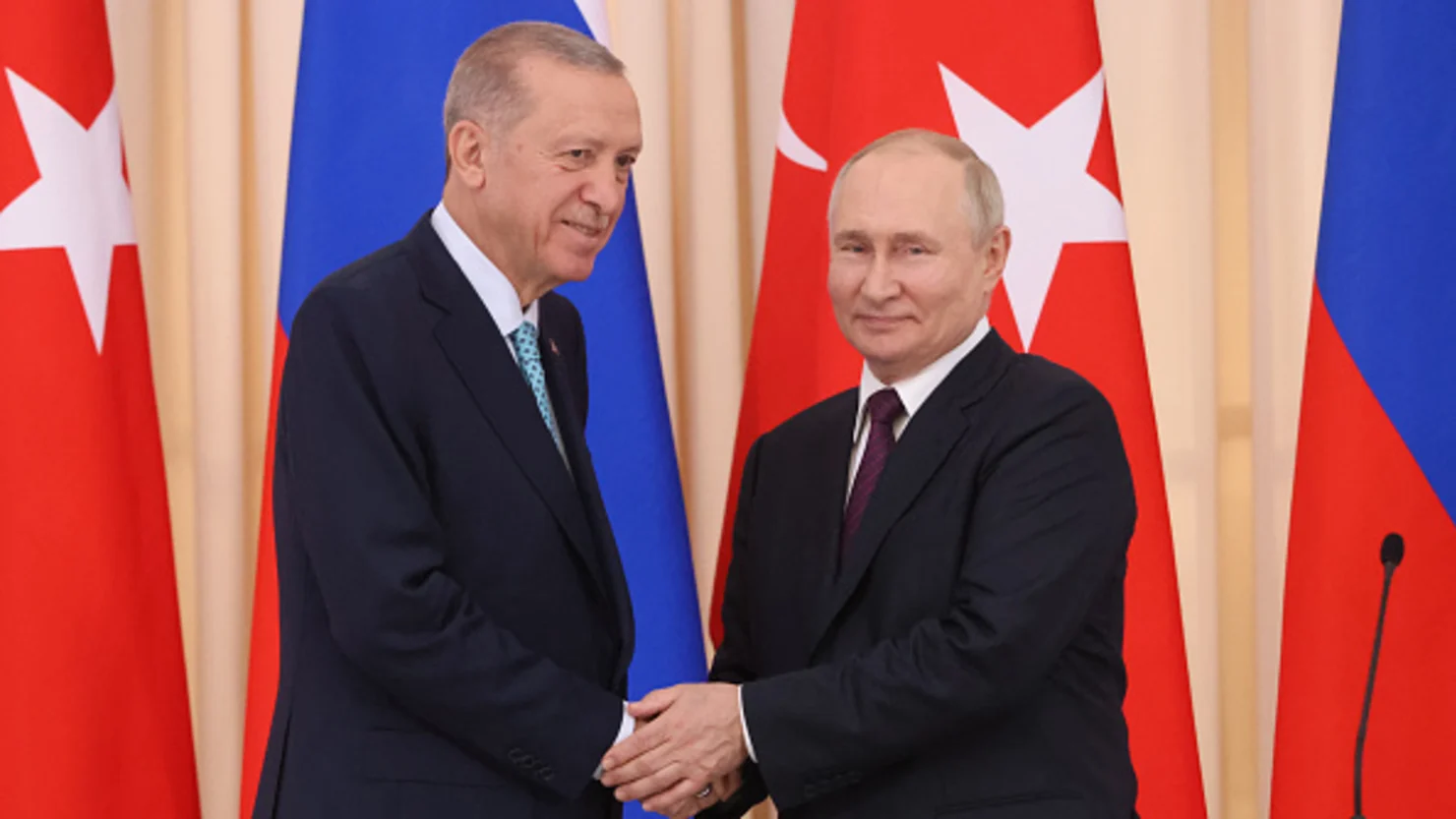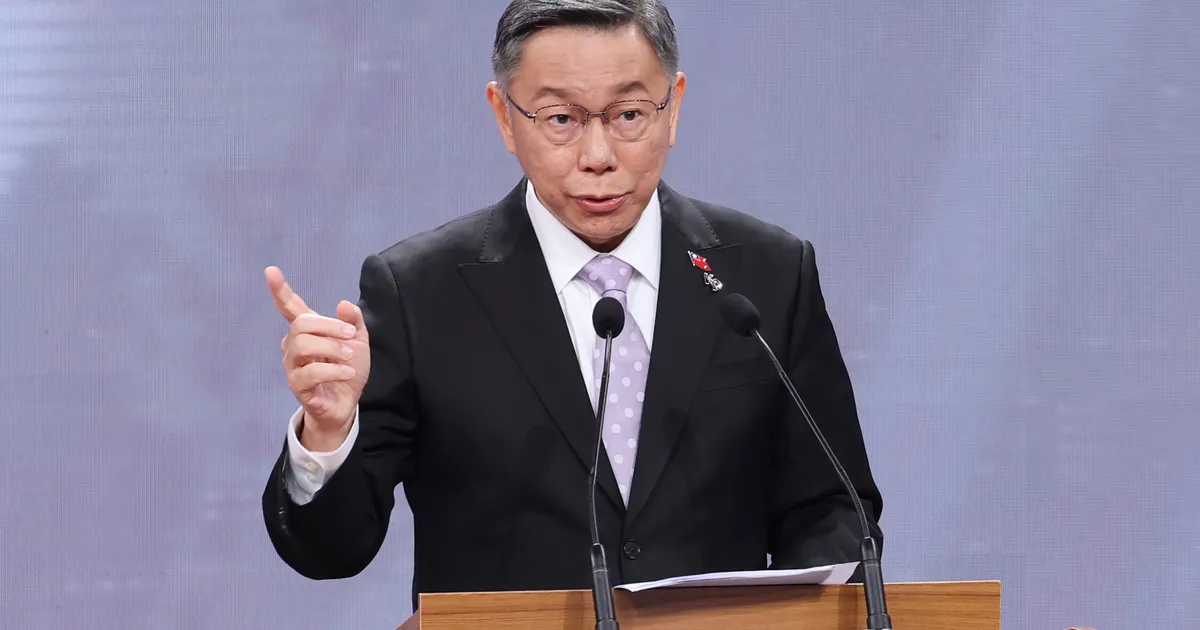- From the industrial perspective, the sudden ease of restrictions over the summer forced an increase in demand, with countless factories working over the clock in order to ship out their backorders and current orders.
- From the logistical perspective, this increase in demand further placed a strain on an already exhausted transportation sector that was dealing beforehand with an increase in oil and gas prices.
- From the political perspective, the enforcement of vaccine mandates in the US has severely impacted the logistical and infrastructure sectors there, while Biden’s decision to cancel the Keystone pipeline and to ban fracking across the US has effectively reduced the country’s ability to leverage the price of oil and gas with OPEC.
The hunt for energy
Since the beginning of 2021 the price of oil, gas and coal has almost doubled. Supply chains are impaired globally while logistics and infrastructure cannot keep up. In China, millions of houses are affected by blackouts and in the US high gas prices have become the new normal for the population. Meanwhile, in Europe natural gas is trading at a price eight times higher than a year before. We are witnessing an energy crisis the likes which hasn’t been seen since the 1970s.
The why’s and the how’s
What is the explanation for this crisis? It depends where you take a look at:










Trackbacks and Pingbacks